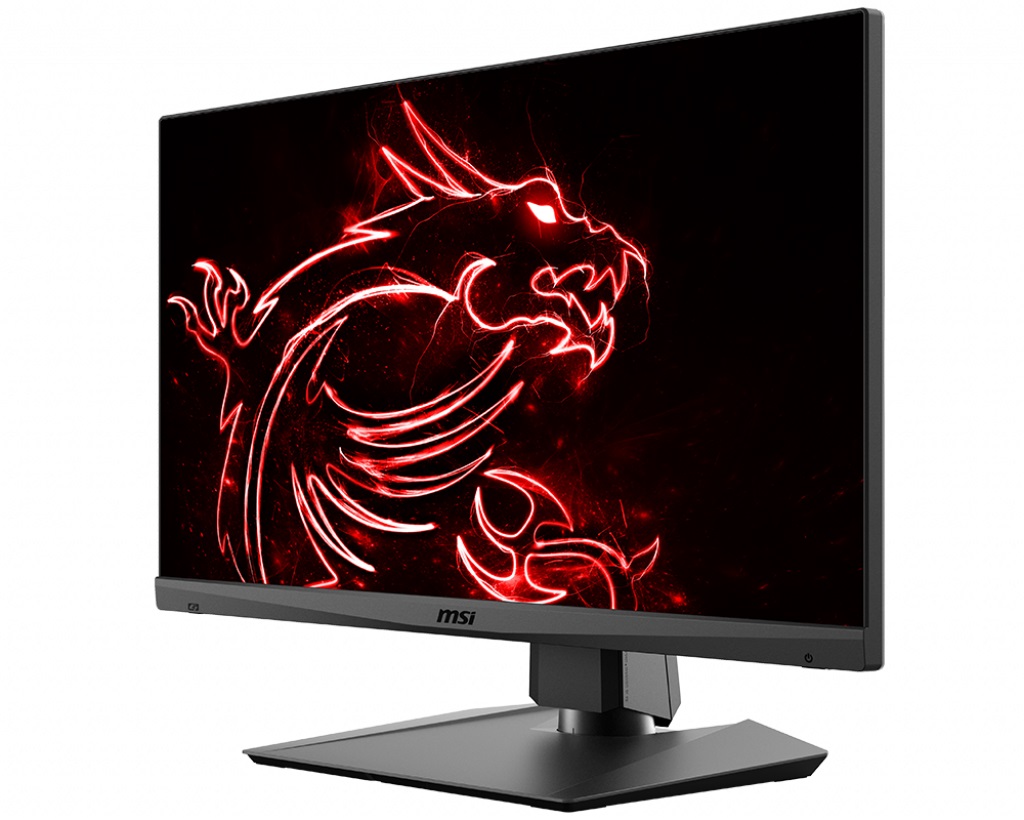High Refresh Rates Tire Eyes

Using a higher refresh rate won't help your eyes tire less. Brightness settings, PWM flicker, size of the screen, viewing distance and size of the.
One of the issues that comes up frequently in technical discussions of both gaming and video is what frame rate should be considered “good enough.” On the one hand, you have people who argue for what I’ll politely call tradition, who believe that 24 fps for film and 30 fps for gaming represents a magic figure that we don’t benefit from exceeding. There’s actually a great deal of objective evidence suggesting this isn’t true, and a new blog post by Simon Cooke, from Microsoft’s Xbox Advanced Technology Group, delves into why humans tend to prefer higher frame rates.
Part of the problem with trying to discuss this topic is that the human eye is a fantastically complicated piece of equipment that performs its own image processing before the signal is ever relayed to the brain. We tend to think of what we see as a cohesive whole because our entire visual system has evolved to allow us to do so. In many ways, however, this is an illusion. The eye’s sensitivity to color, motion, light, and acceleration/deceleration are all different. The situation is further muddied by the fact that, while we often think of the eye as a camera and discuss vision with the same terms we use to talk about computer-generated graphics, neither of these analogies actually capture how the eye receives or processes information. The video below, courtesy of Imgur user Vz58V, shows the difference between 60 fps and 30 fps at three different movement rates.
All of this said, people do tend to prefer higher frame rates for gaming when given the opportunity to try them. This preference holds up even above 60 fps (60Hz), for a number of potential reasons depending on the nature of the game, its graphics, and how fast-paced the action is.
He became a world traveler who shares his passion for globetrotting through 'The Amazing Race.' The Emmy-award-winning producer and host of CBS's ' credits this to growing up on an island nation, New Zealand. Has always looked outward to new adventures in foreign lands. I chatted with Keoghan about the upcoming 'Amazing Race: All-Stars' finale on May 18, the secrets to winning the highly competitive show, his favorite and least favorite contestants of all time, learning to seize life by the horns, and his favorite apps. Download audio for amazing race free.
Simon Cooke’s theory is that this preference has to do with one of the interesting mechanical aspects of human vision — even when you fix your eyes on a single fixed point, the retina is never actually still. The wobble — more properly known as ocular microtremor — occurs at an average frequency of 83.68Hz, with a jiggle range of around 150-250nm, or about the width of 1-3 photoreceptors in the retina.
So what’s the point of this wiggling back and forth? Cooke thinks he knows. By wiggling the retina back and forth, you sample the same scene from two very slightly different points. Meanwhile, inside the eye, you’ve got two different types of retinal ganglion cells — on-center cells that respond when the center of its receptive field is exposed to light, and off-center cells that respond when the center of the field is not exposed to light.
Retinal edge-detection. Image courtesy of Wikipedia
When the retina wiggles back and forth, incoming light strikes both on-center and off-center cells, stimulating both. Cooke thinks this may boost our ability to detect the edges of objects. He also argues that all of this ties back to the Uncanny Valley, though I’ll leave that to him to explain.
Next page: Tying it all back to video game frame rates

- 1 of 2
